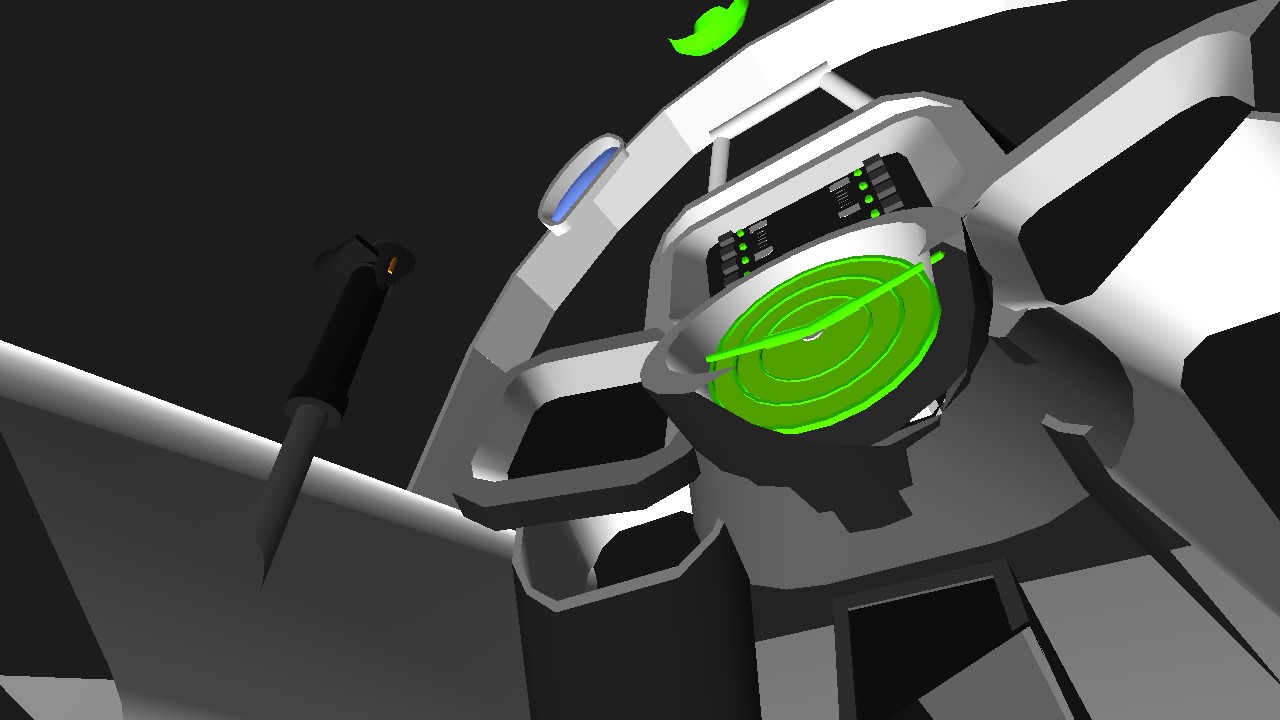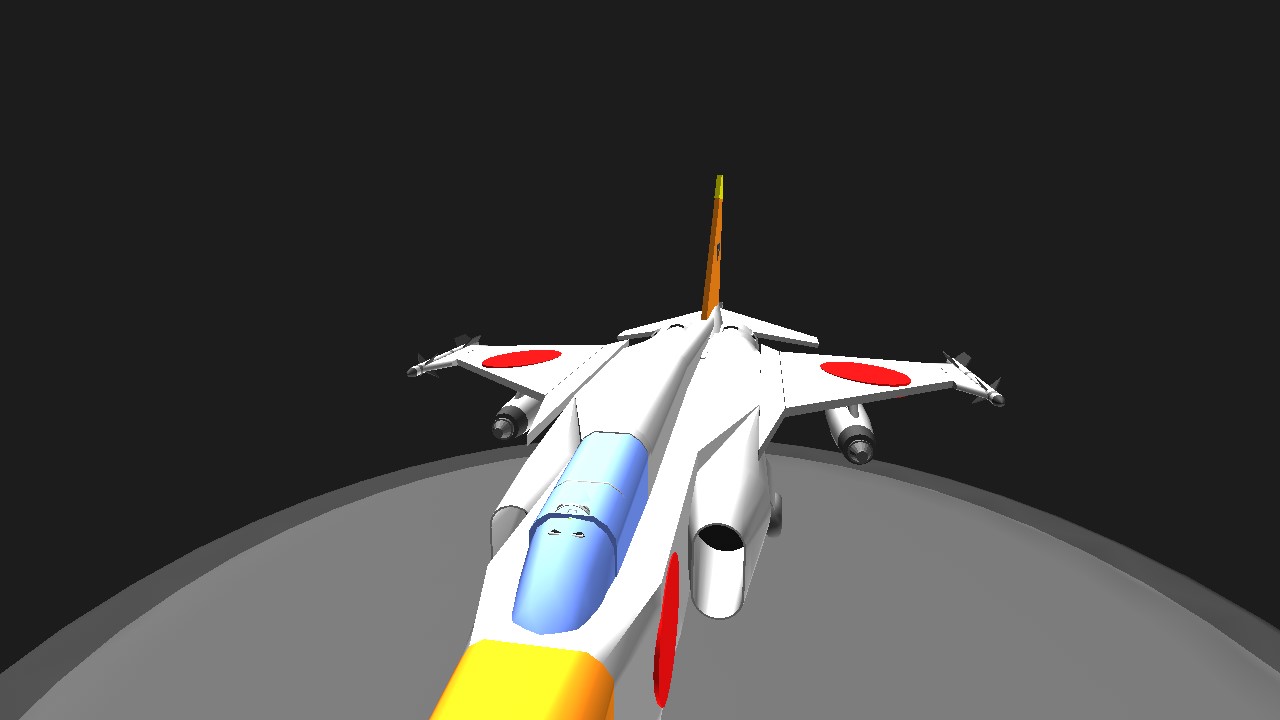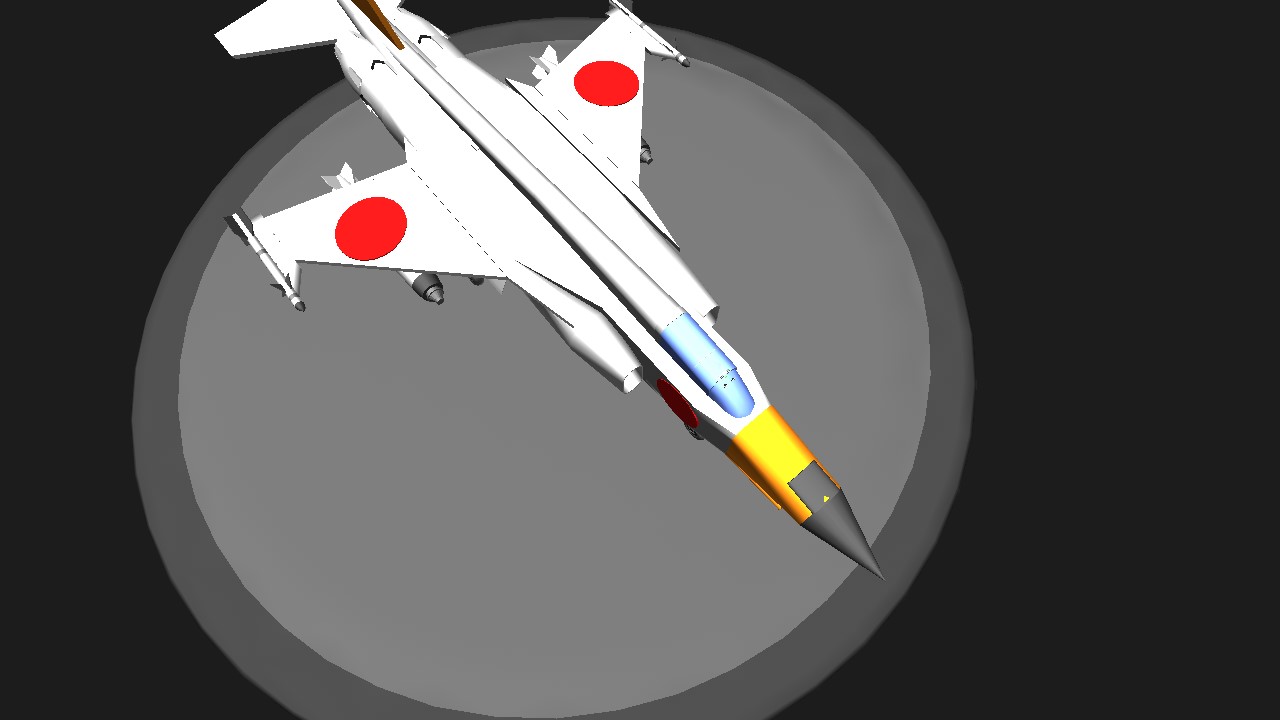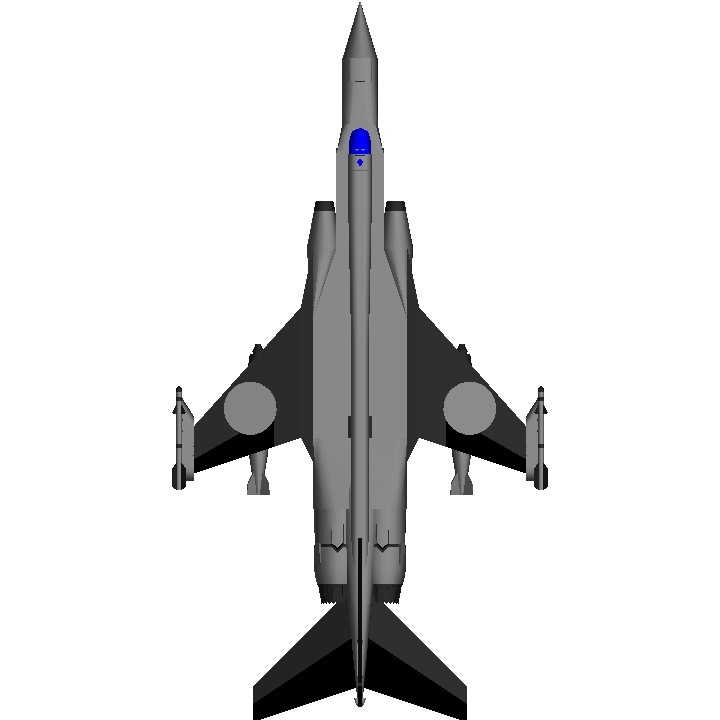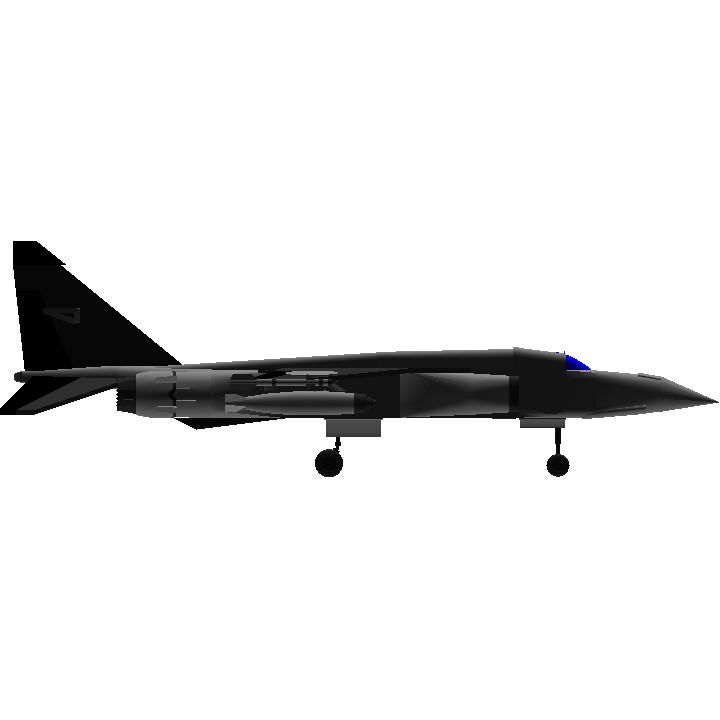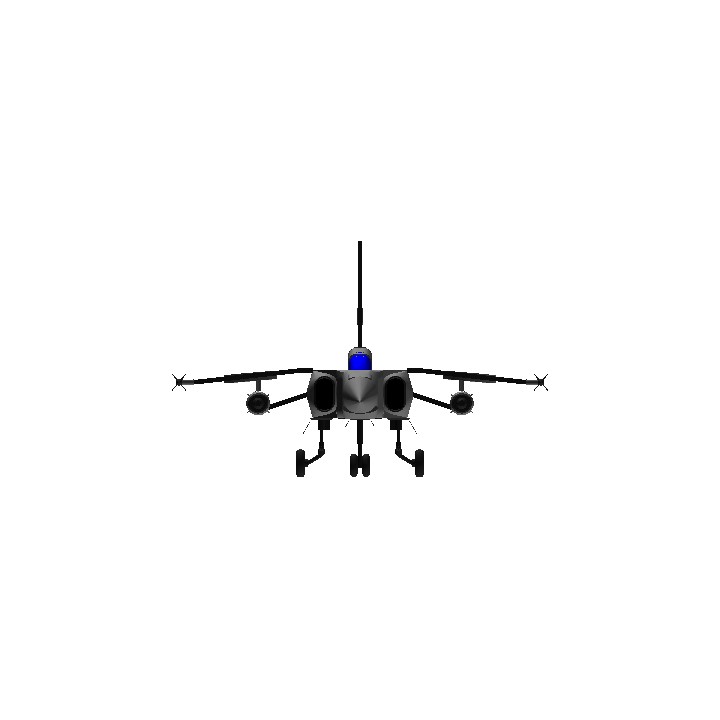Is the T-2K war thunder has new bombs And cockpit make this fighter op new little wings and parachute is dive bomber and fighter history: -World War II rendered Japan without a modern jet fighter for defensive purposes. Two decades after World War II had concluded, Japanese Air Self-Defense Force (JASDF) began to consider the development of a supersonic jet tentatively named "T-X."
Japan had found that the subsonic Fuji T-1 jet trainer did not adequately prepare trainee pilots for more complex and difficultly handling front line Mach 2 fighters such as the Lockheed F-104J Starfighter and McDonnell Douglas F-4EJ Phantom and so, in 1964-65, began studies for a new trainer, the T-X, which it was hoped would also form the basis for a future single-seat attack aircraft, the SF-X.[1]
Consideration was also given to acquiring existing foreign aircraft instead of developing a new aircraft, with the United States offering the Northrop T-38 Talon, and the Anglo/French consortium SEPECAT offering the SEPECAT Jaguar as a trainer and single-seat fighter. Japan considered both aircraft carefully, and attempted to negotiate licensed production of the Jaguar,[2] but these plans failed, possibly due to nationalism and an issue with the Imperial family,[3] or more prosaically, due to the high royalty payments demanded by SEPECAT.[2] In the end, Japan decided to manufacture its own design, which, produced to meet similar requirements, would closely resemble the Jaguar.
In 1967, Japanese aviation firms Fuji, Kawasaki, and Mitsubishi, each submitted proposals, and in September 1967, under lead designer Dr. Kenji Ikeda, Mitsubishi's design was selected. The official contract was issued for the development of the XT-2 was placed on 30 March 1968, with Mitsubishi as prime contractor and Fuji as Prime sub-contractor. Several other subcontracts with aerospace firms and other minor aviation manufacturers were also established.[4]
By March 1969,[4] the design had been finalized, and the XT-2 prototype was rolled out on 28 April 1971, and performed its maiden flight on 20 July 1971, with pilots Kenshiro Endo and Mitsui Sato in the cockpit. The XT-2 was followed by three more prototypes, and became the first aircraft of Japanese design to break the sound barrier in level flight. Two of the four prototypes were armed, and the other two were not.[5][6]
A total of 90 production T-2s were built, including 28 unarmed "T-2(Z)s", or "Zenkigata (early type)" and 62 armed "T-2(K)s", or "Kokigata (late type)"; some sources translate these variants as "T-2A" and "T-2B" respectively. An additional two T-2(Z)s were built but modified for the S-FX / F-1 strike fighter program. The last T-2 rolled off the assembly line in 1988.[7]
BY wiki
Specifications
General Characteristics
- Created On Android
- Wingspan 25.6ft (7.8m)
- Length 49.9ft (15.2m)
- Height 16.2ft (4.9m)
- Empty Weight 16,284lbs (7,386kg)
- Loaded Weight 27,054lbs (12,271kg)
Performance
- Power/Weight Ratio 2.491
- Wing Loading 67.7lbs/ft2 (330.6kg/m2)
- Wing Area 399.6ft2 (37.1m2)
- Drag Points 4086
Parts
- Number of Parts 488
- Control Surfaces 6
- Performance Cost 2,740

